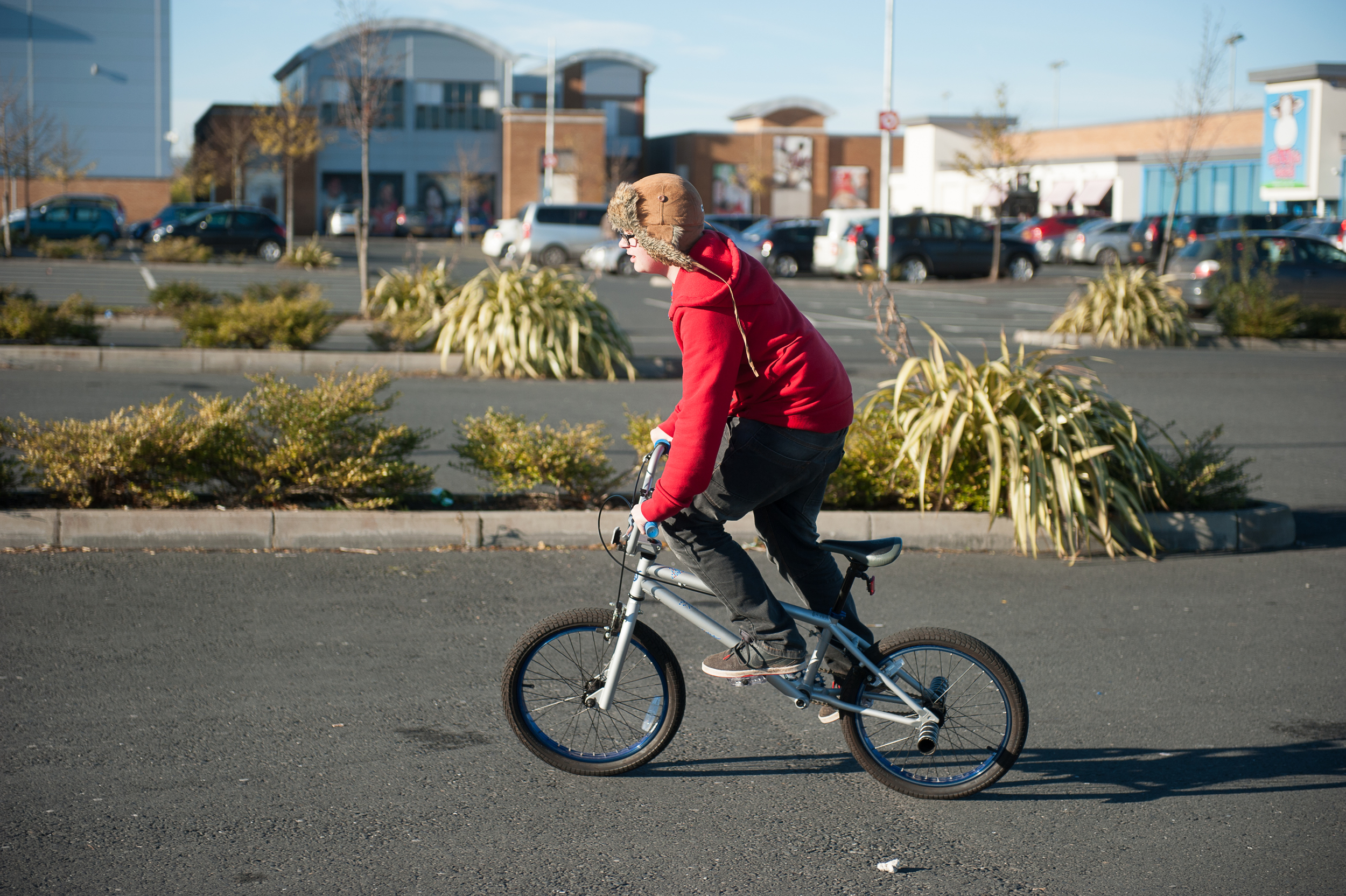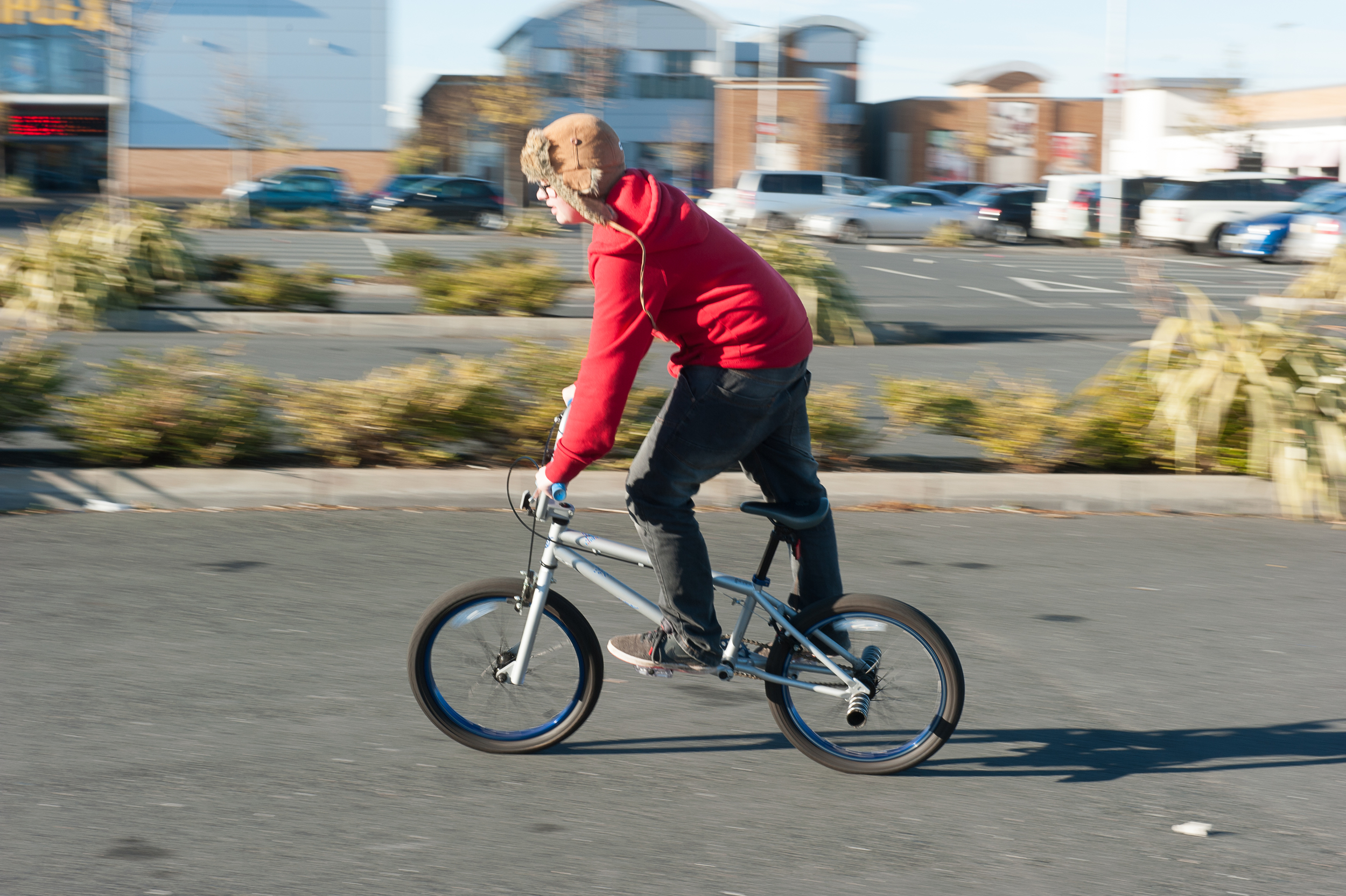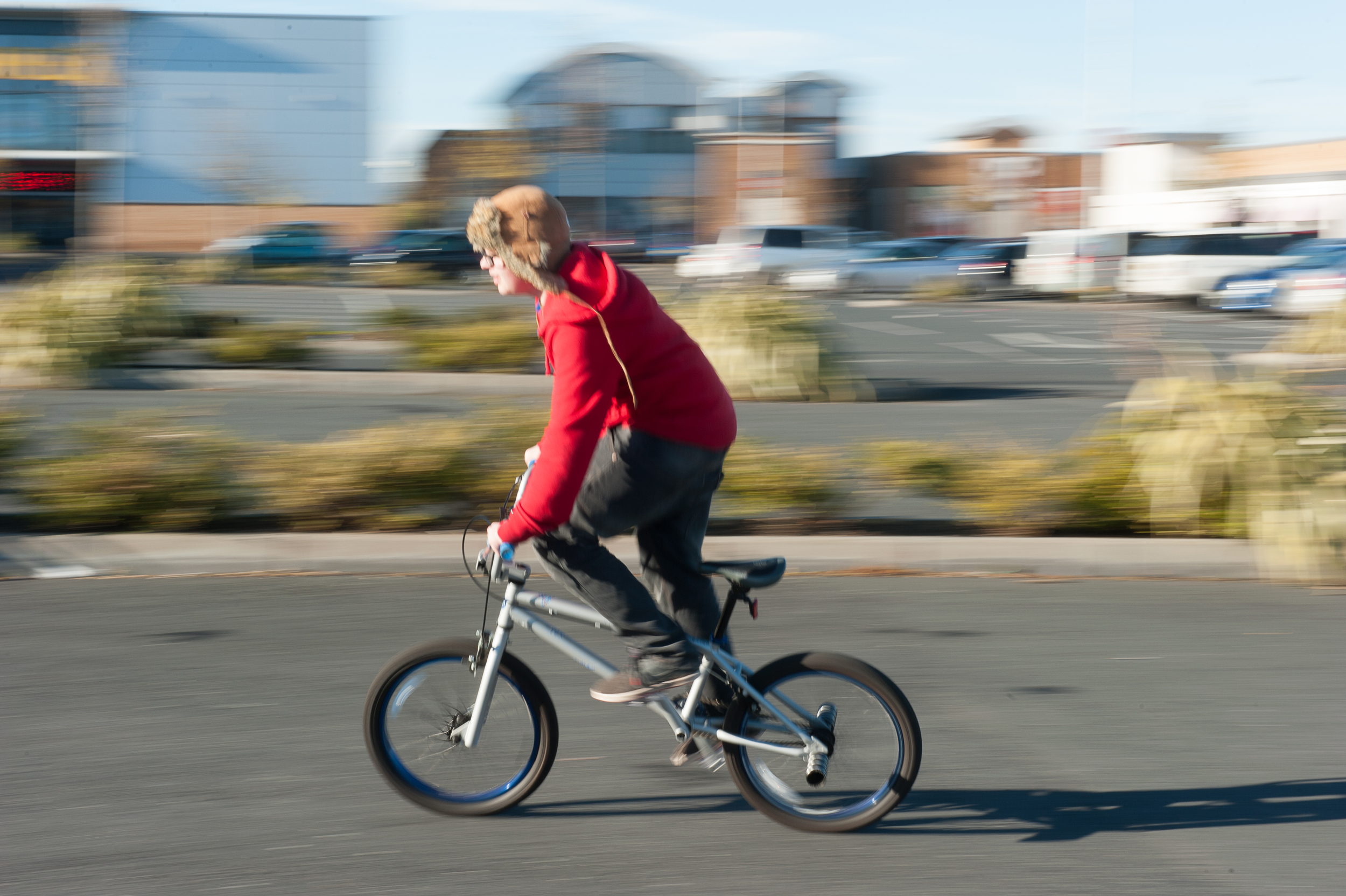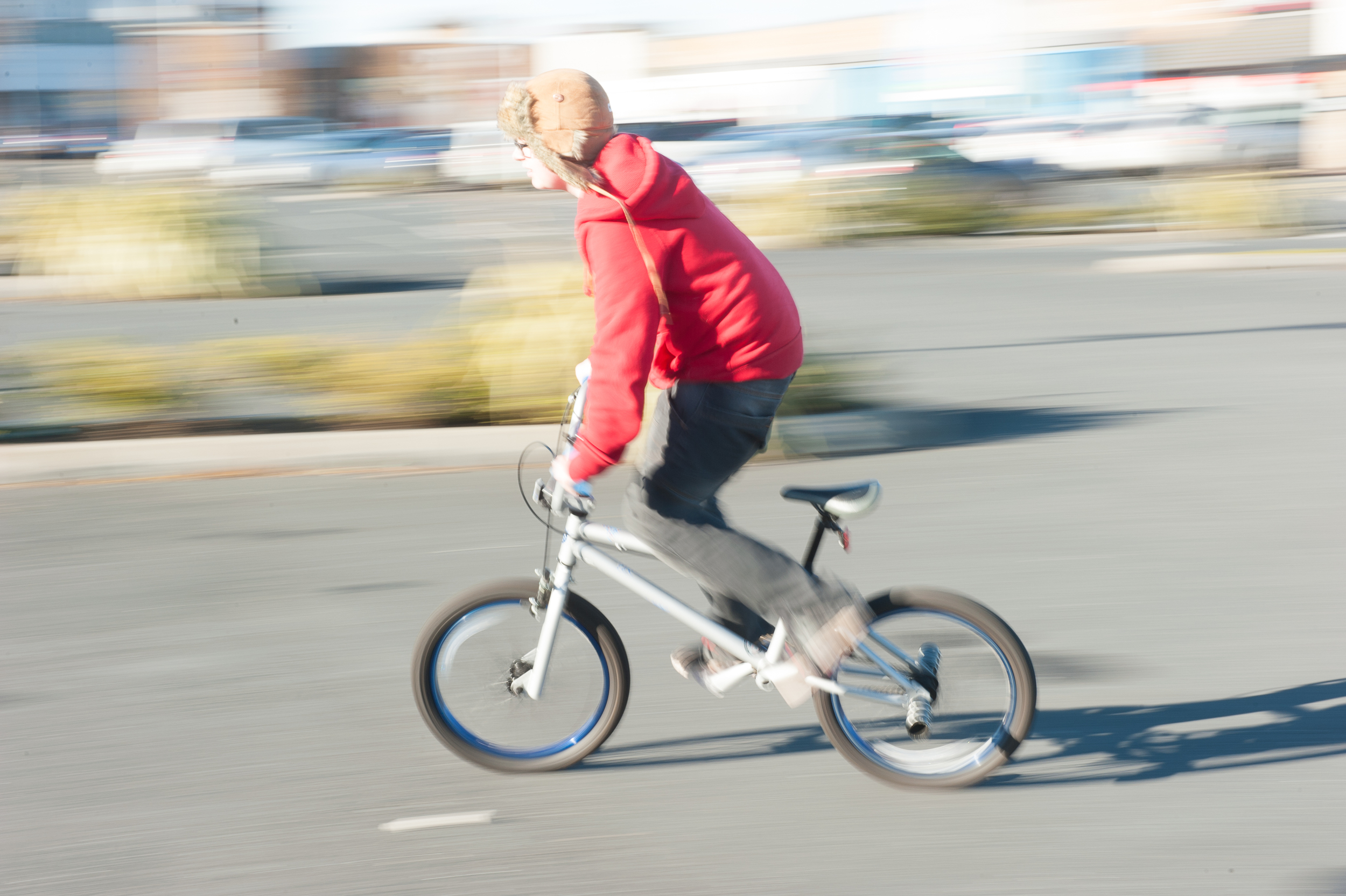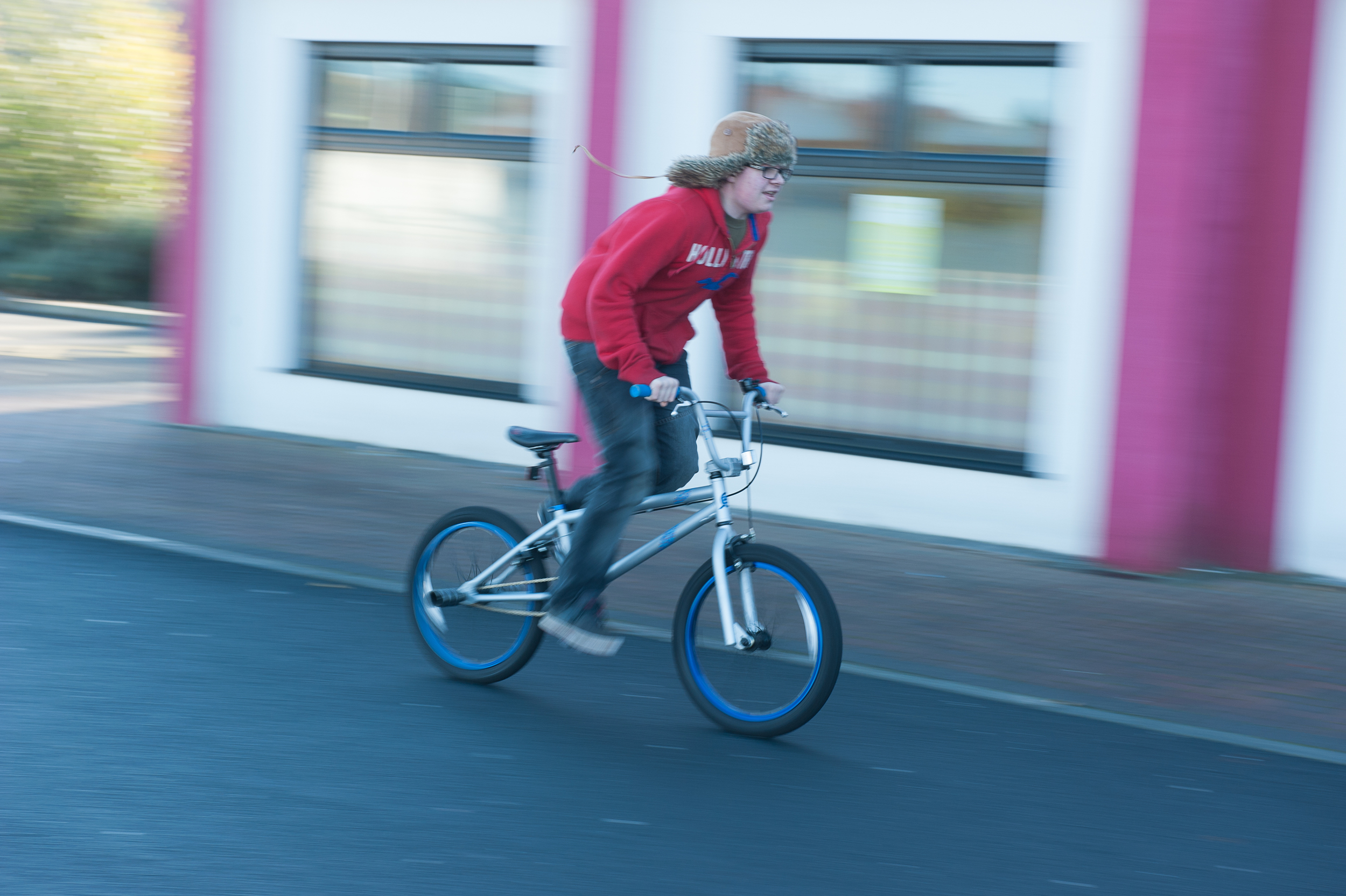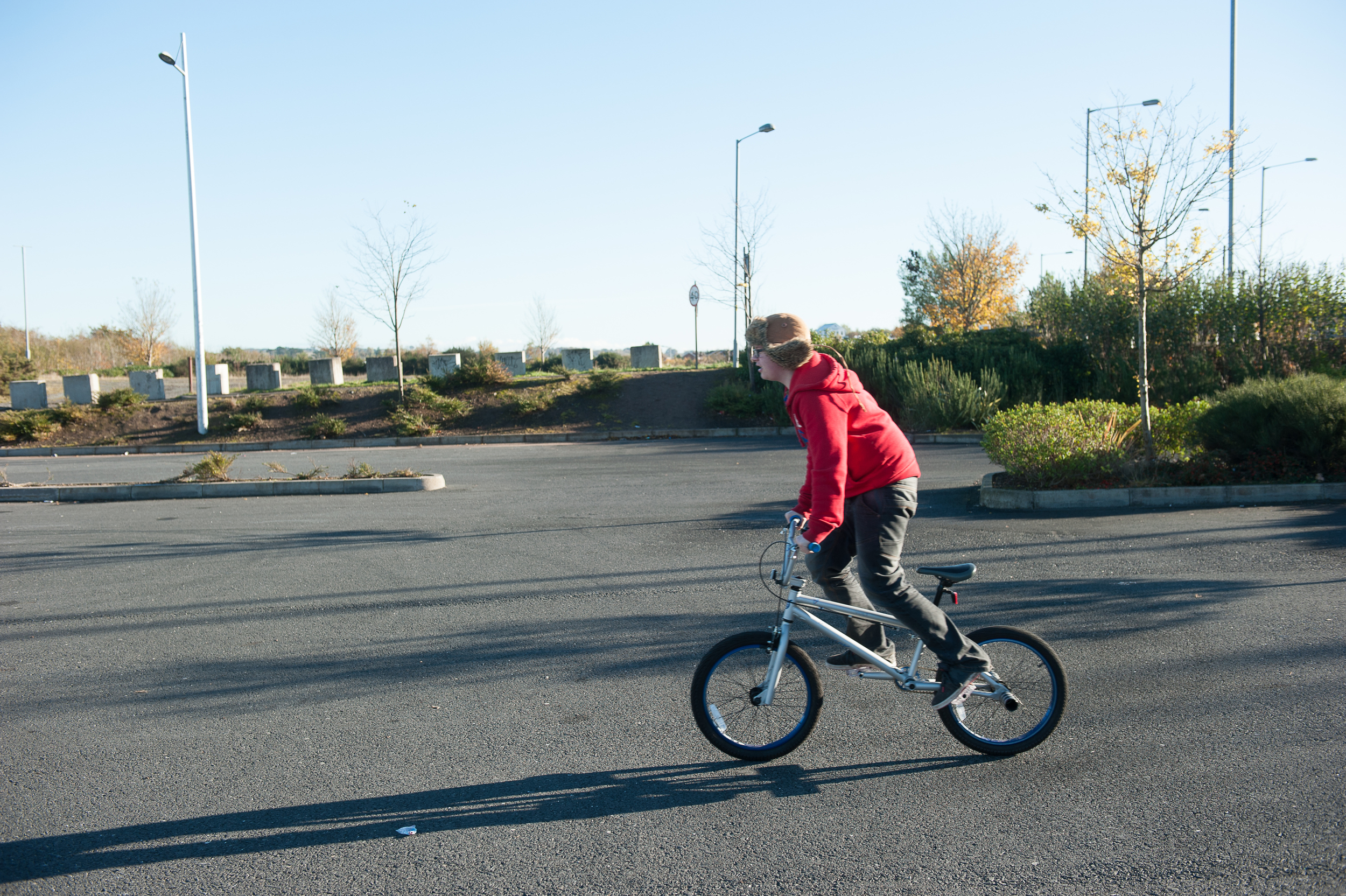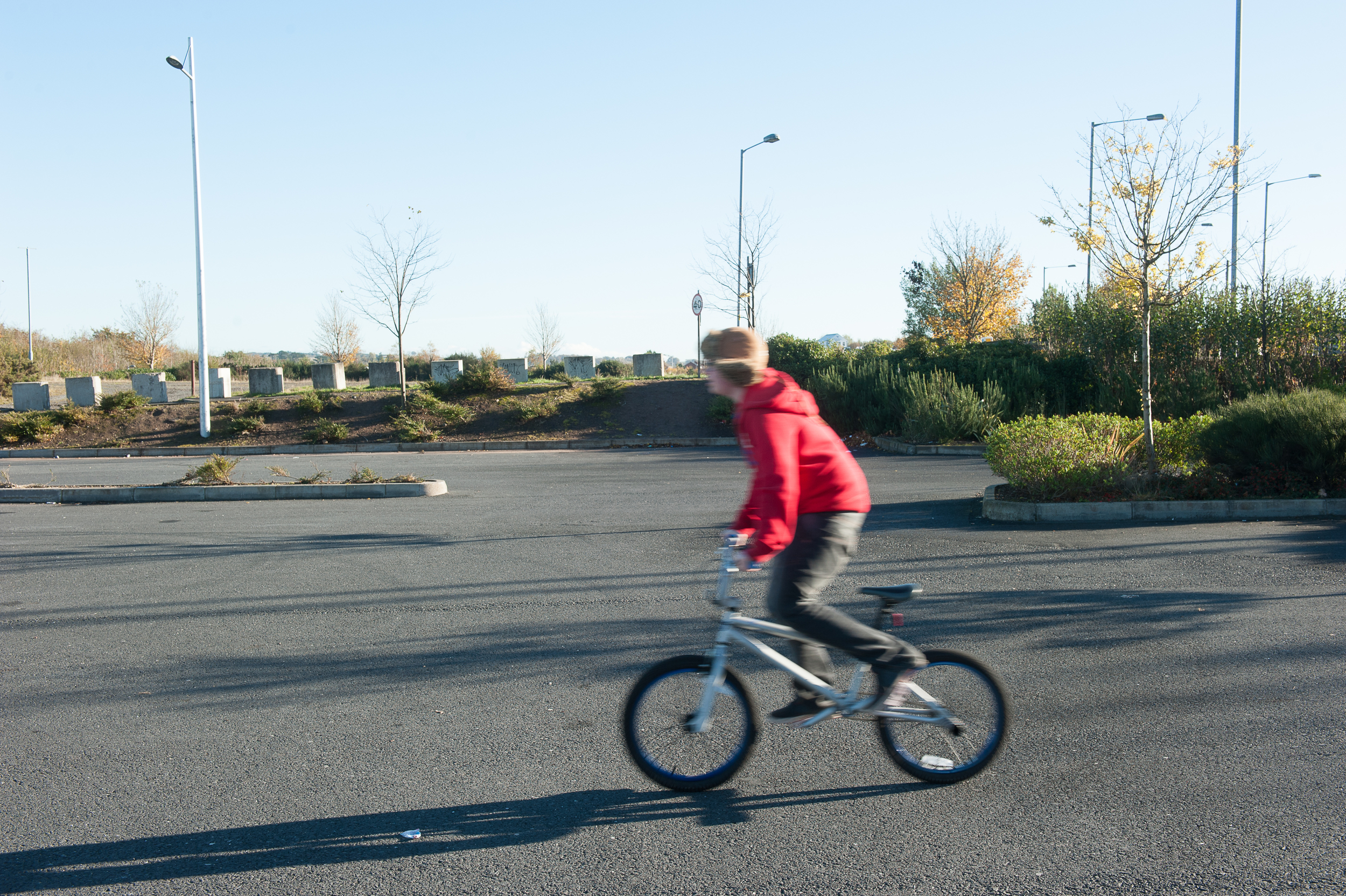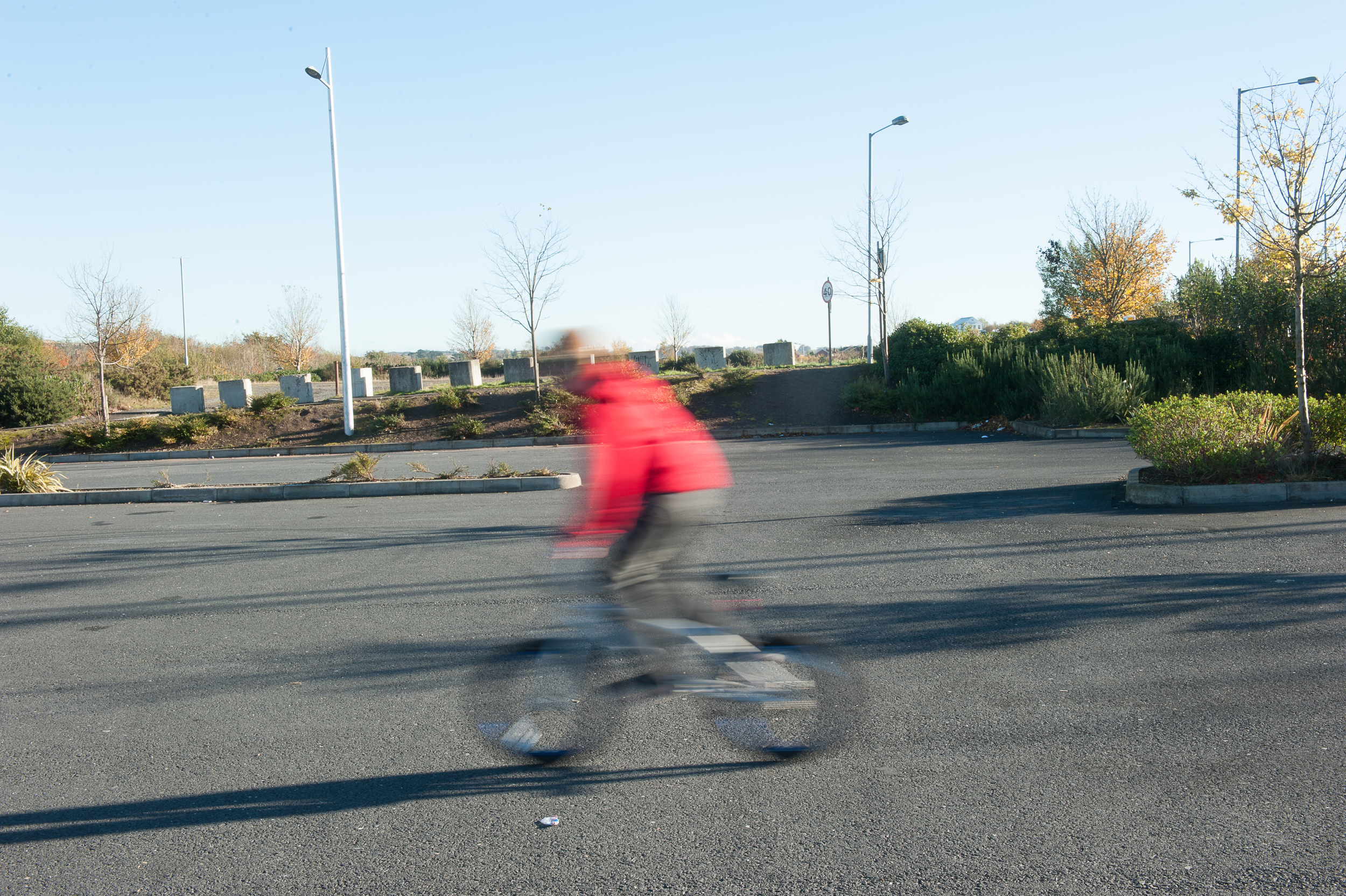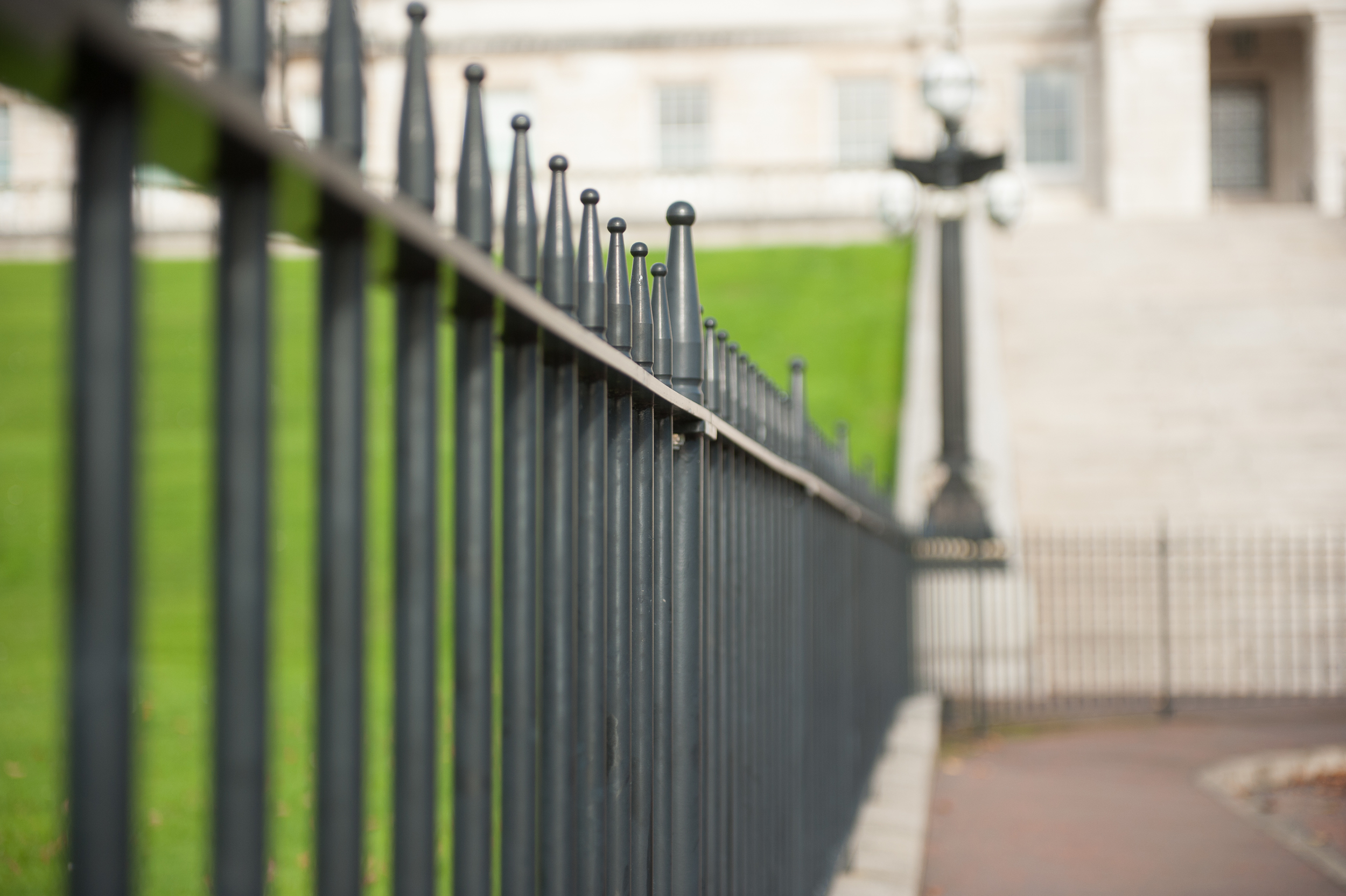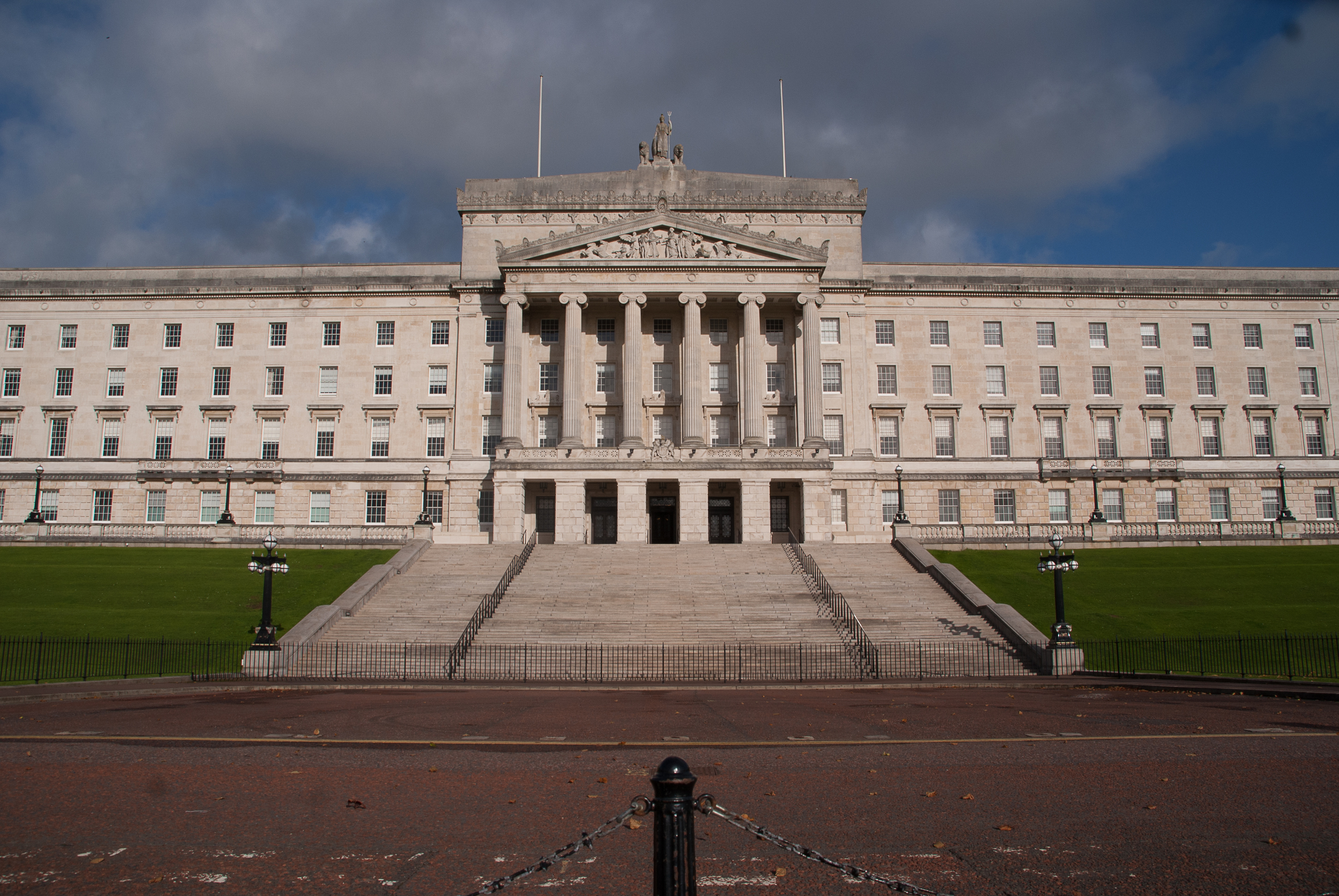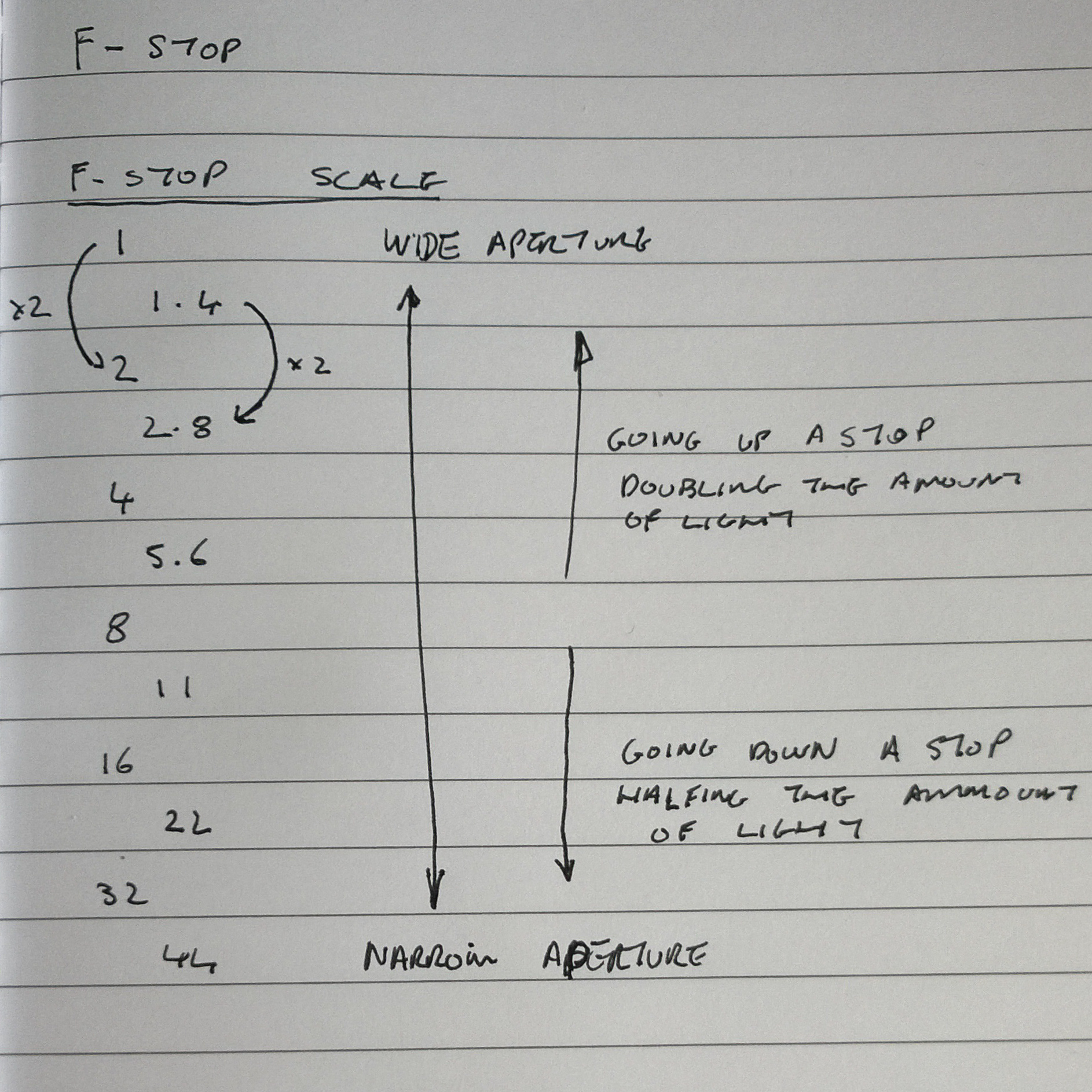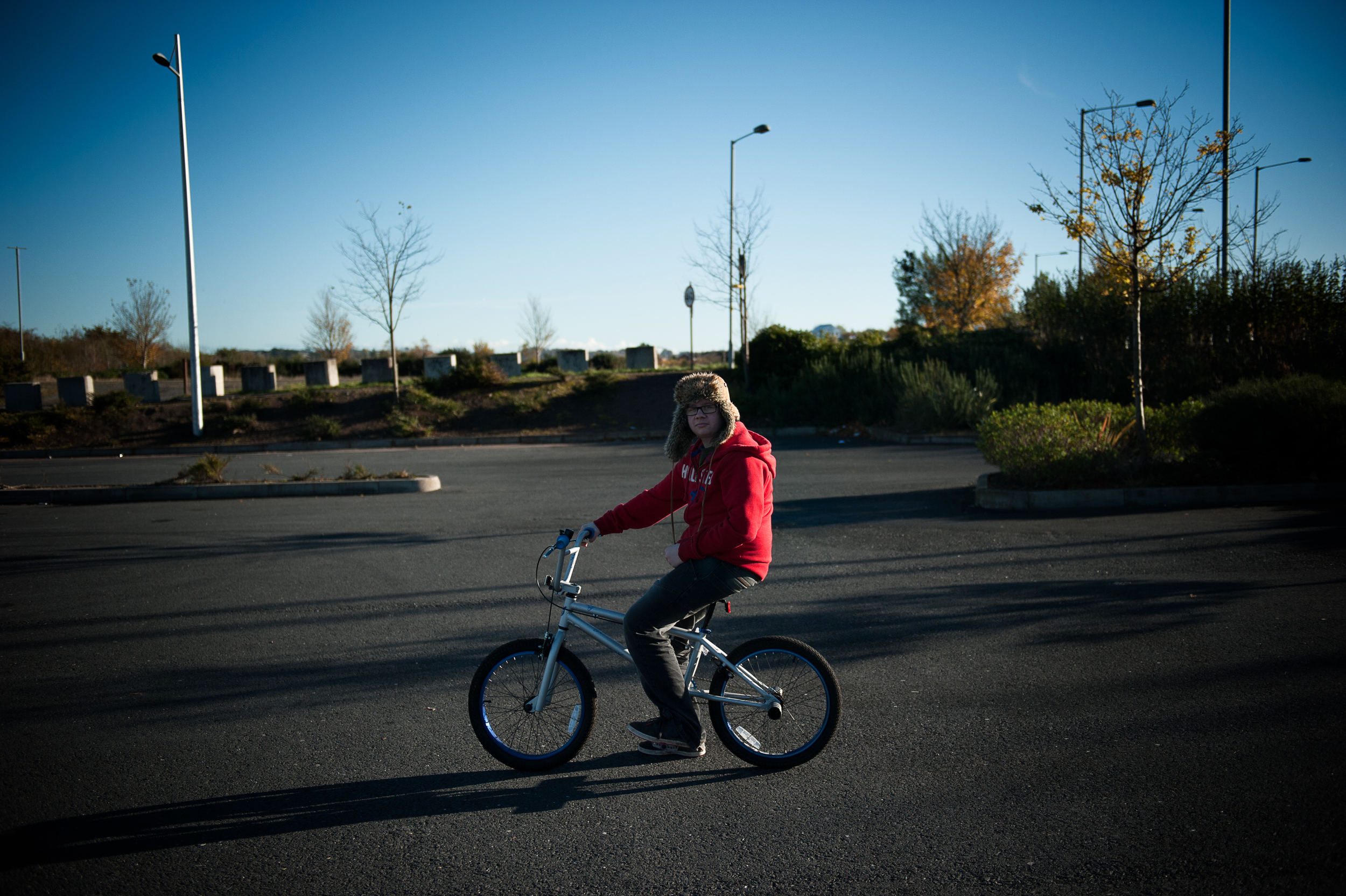 This is an entirely new way to study for me. I have been used to brick and mortar educational establishments, and scheduled classes. I am finding it hard to ignore the distractions and settle down to studying in the evenings.
This is an entirely new way to study for me. I have been used to brick and mortar educational establishments, and scheduled classes. I am finding it hard to ignore the distractions and settle down to studying in the evenings.
It took me a little while to get started the introductory phase of the course. There was reticence to do these exercises because having completed the GCSE and A-level in photography it felt like repetition. But I was glad that I took the time to do it, because it forced me to re-familiarise myself with concepts such as f-stop, depth of field, motion blur, aperture, ISO etc that I take for granted when using the camera.
if I was to assess my own progress so far I would say technically competent but not artistic. I am looking forward to part 1 on composition and hope to provide more aesthetically pleasing pictures while meeting the course requirements. I find this critical self-appraisal and reflection very difficult but I understand the necessity of not only doing, but reflecting upon what has been done, and learning from it.
I have started the blog which I am really enjoying. I like the structured approach to documenting my progress through the course work and I look forward to posting about the books I am reading for the course as well as other points of research, stuff about photographer, and events I will attend. I can really see high people become addicted to blogging. I am also keeping a log book were I can jot down my thoughts on notes on the exercises and assignments, but I’m not sure I would want anyone to see it.
I feel pleased that I have come through the introduction and actually have some coherent work to show for it. But there is still a nagging doubt that I’m going about things the wrong way, or I could be doing things better. I guess this is in part down to a lack of feedback but also my lack of experience in this model of education. In my previous experiences of education the lecturer or tutor is a constant presence and feedback is timely and sometimes presented whether you want it or not. In this type of self-study I haven’t yet become comfortable with the level of contact that is acceptable to have with the tutor.
What improvements am I going to make moving forward?
- I am going to include a paragraph asking “what could I have done better?” In each exercise
- I am going to have a little bit more contact with the tutor (this is really rather pleasant)
- I am this is going to throw in some supplemental blogs i.e. book reviews, et cetera
- increased velocity on the course work
